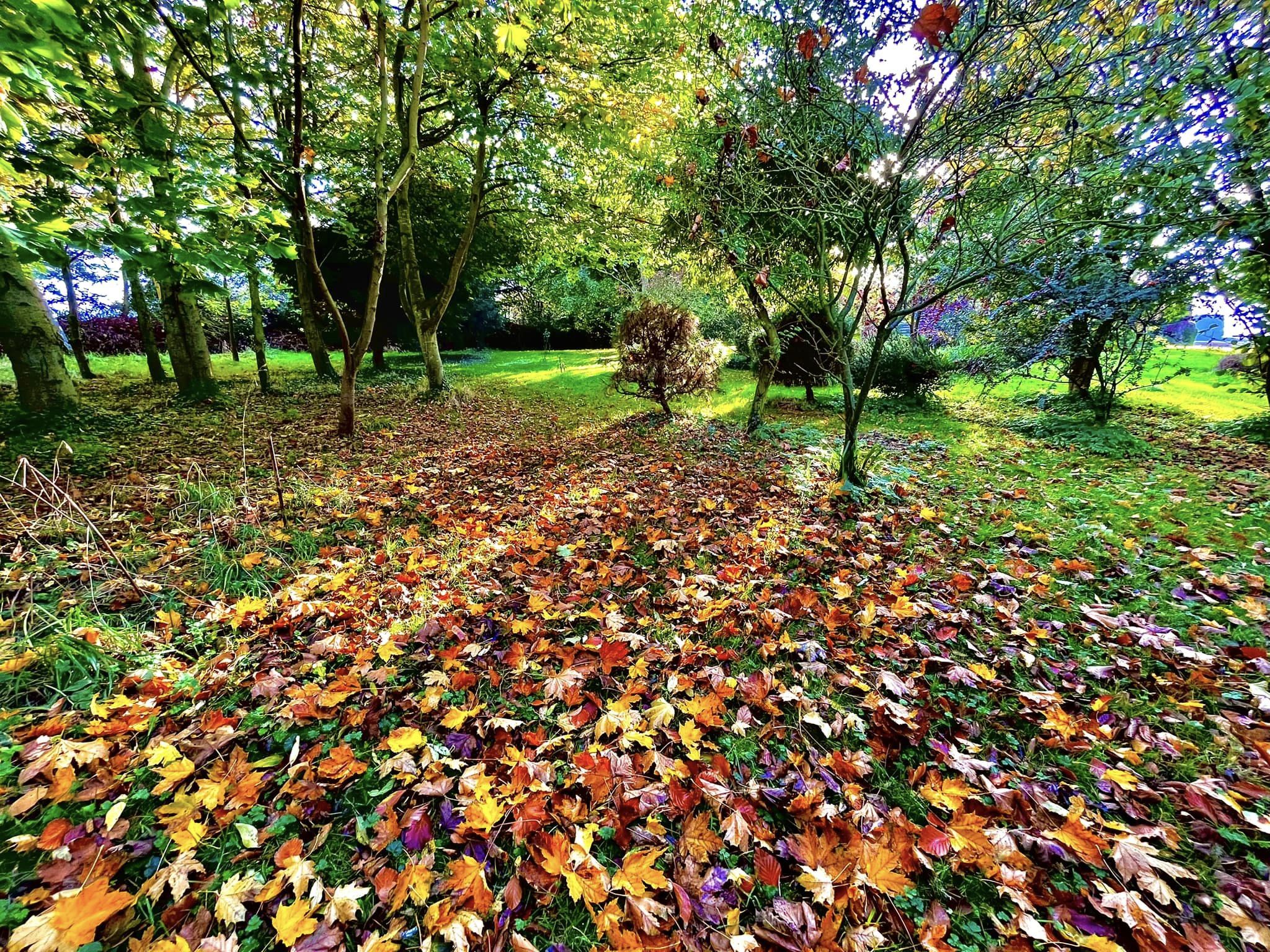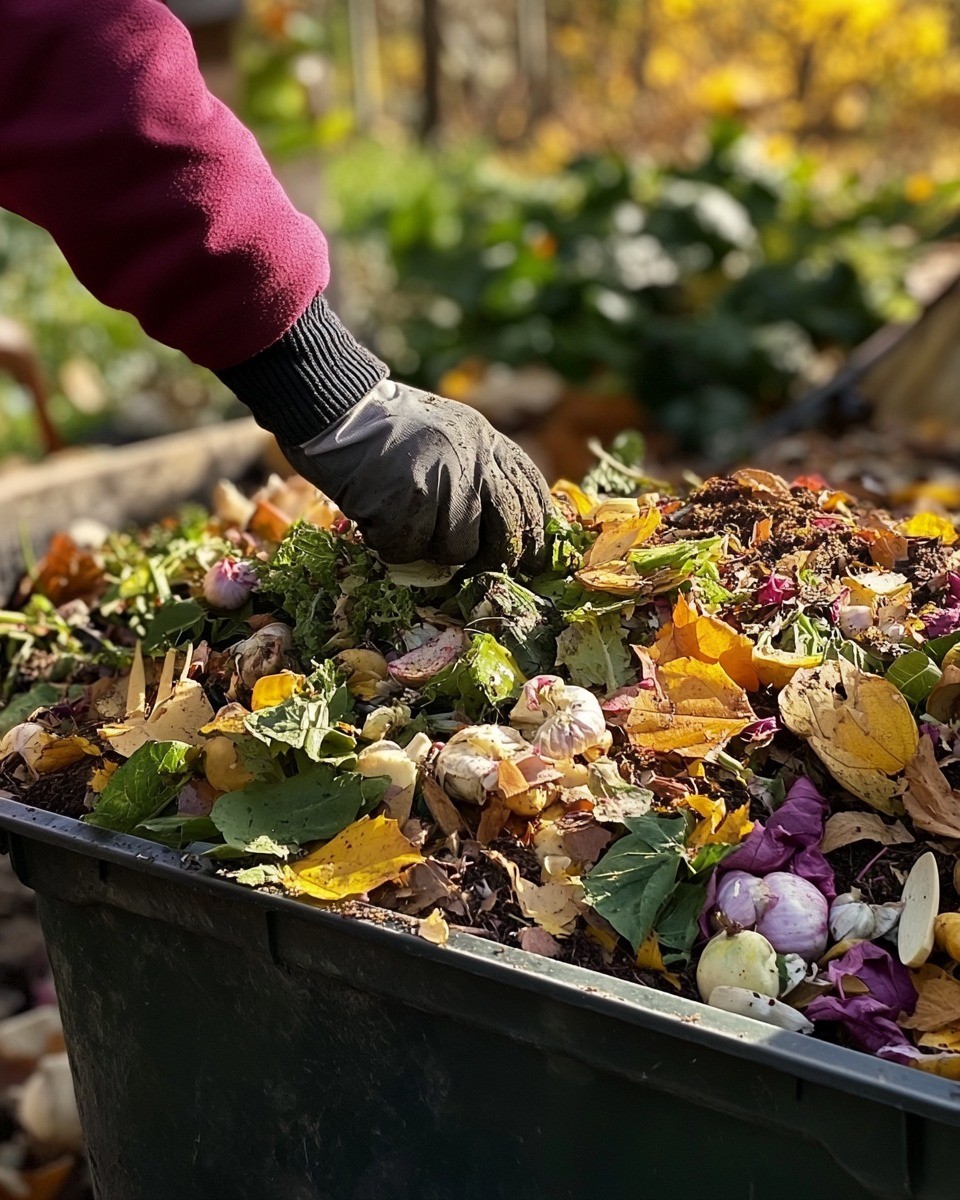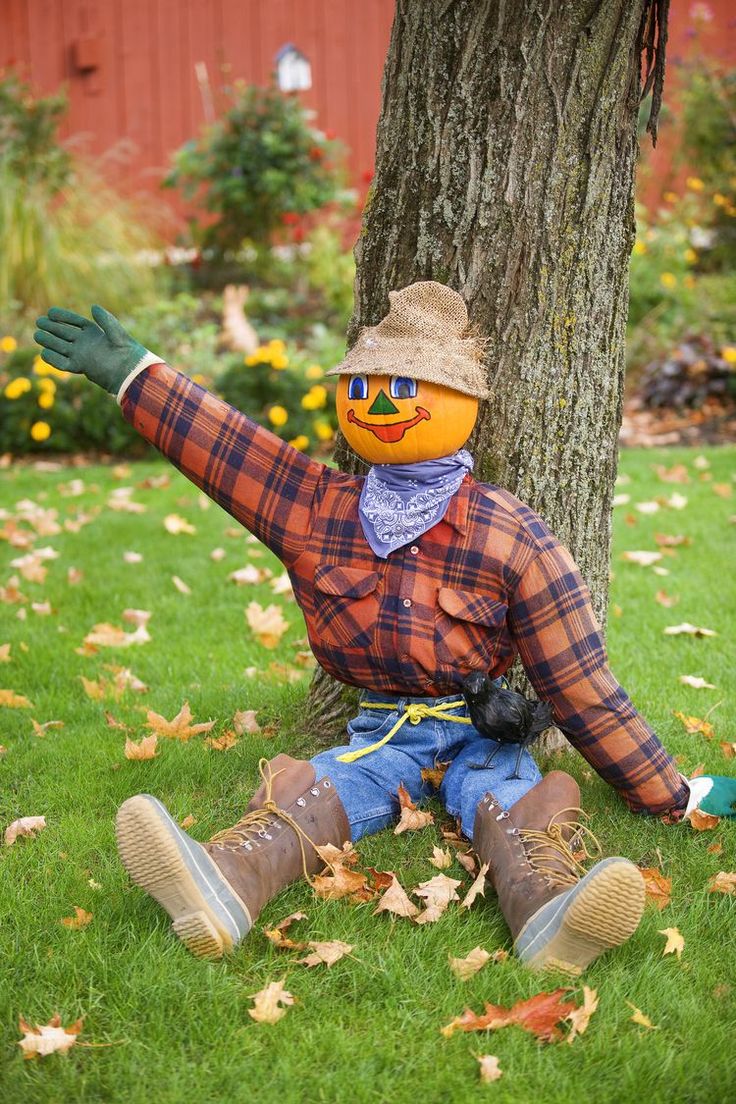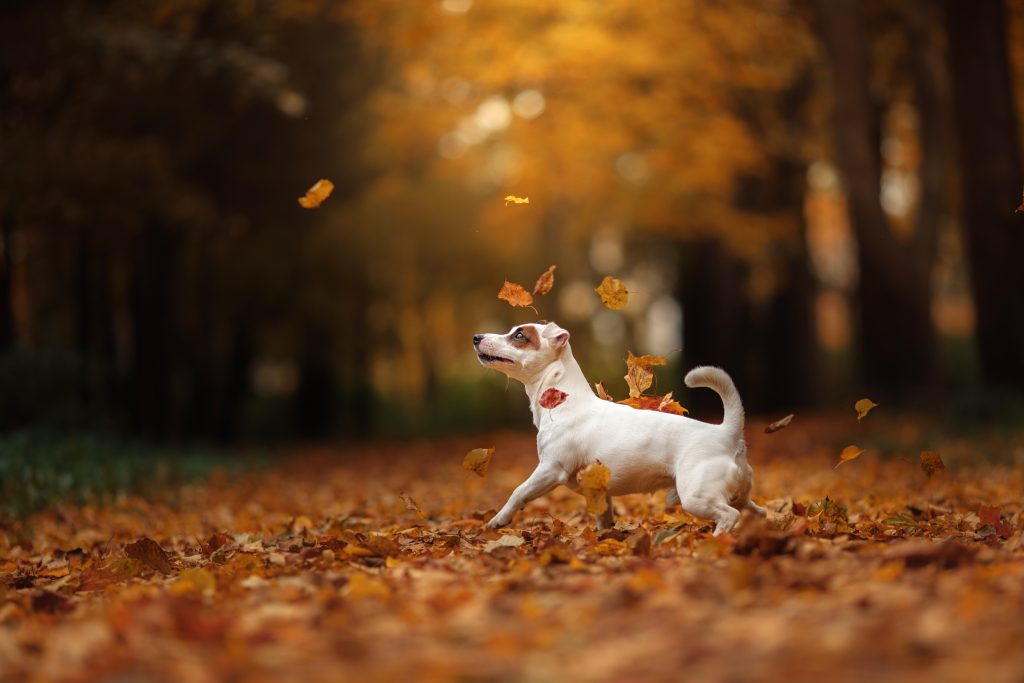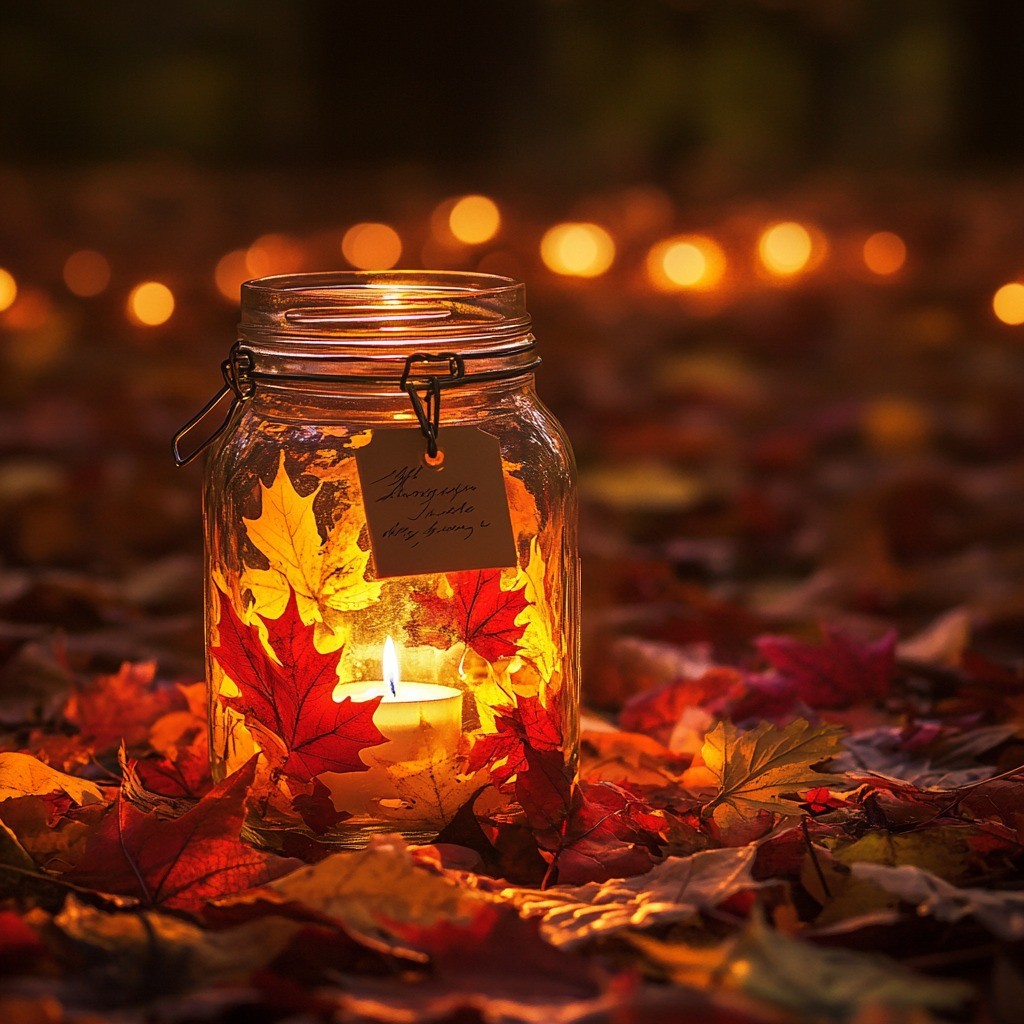After the intense summer, we are graced with autumn, a season full of splendor. The air is crisp and refreshing, and plants paint our landscapes with vibrant leaf colors, from brilliant reds, warm oranges, golden yellows, and purples to brown hues.
Autumn also sees trees shed their leaves in readiness for winter, which unfortunately means more yard work. However, what if you put the fallen leaves to good use instead of the usual raking, bagging, and discarding routine?
Well, let’s dive into the various creative ways to repurpose the fallen autumn leaves.
12 Creative Ideas To Repurpose Fallen Autumn Leaves
1. Turn The Leaves Into Mulch
Leaves make excellent mulch. They decompose gradually, releasing nutrients that fertilize the soil. Also, leaf mulch suppresses weeds, regulates temperature, and retains moisture.
So, collect the leaves from your yard over a certain period, and once you have enough, shred them with a leaf shredder or a mower if it has a mulching blade.
Moisture and air penetrate through shredded leaves much more easily compared to whole leaves. They are also easier to spread.
Spread finely shredded leaves around trees and on your garden beds to protect them during the coming cold months.
Read More:
2. Add Autumn leaves Into Your Compost
An excellent compost pile is well-balanced— it should have 1/3 green materials (nitrogen-rich) and 2/3 brown materials (carbon-rich). Autumn leaves are carbon-rich, hence an ideal pairing for nitrogen-rich materials like food scraps and grass clippings.
Composting provides an environmentally friendly, popular, and resourceful way to use fallen autumn leaves. Before adding leaves to your compost pile, chop them into tiny pieces to accelerate decomposition.
After that, layer your compost pile. Here’s how to do it:
- First layer: 6 to 12 inches of carbon-rich materials.
- Second layer: 2 to 3 inches of nitrogen-rich materials.
- Alternate layers: Keep layering brown and green materials. Alternate them and aim to keep a proper balance. If unsure, favor carbon-rich materials.
A compost pile must be moist (not too wet or too dry to decompose properly. Moreover, it requires oxygen, so turn it every few weeks. When turning the pile, move the exterior materials towards the center.
Your compost will be ready in 3-6 months. Once it is, spread it around your plants, use it as a starting mix for seeds (compost with sand or perlite), or mix it into the soil.
Compost will benefit your garden in many ways, including preventing erosion, amending poor soils, conserving water, and increasing microbes.
3. Make Leaf Mold
If you can’t be bothered to make compost, why not try an easier approach—leaf mold? It takes longer to decompose compared to composting, though. Leaf mold also differs from mulch in that the leaves must decompose before being used.
To make leaf mold, pile fallen leaves in a corner and let them sit for about a year to decompose. Alternatively, put the leaves inside large, black plastic bags for a tidier, space-efficient approach. Poke holes in the bags for airflow.
Like composting, aerate your leaf mold and keep it moist. If you want to hasten decomposition, shred the leaves.
Ready leaf mold is dark, crumbly, and soil-like and has an earthy smell. You can use leaf mold as a top dressing, soil amendment, or to make a rich potting mix.
4. Make Stuffed Scarecrows With Fallen Autumn Leaves
Perhaps birds and animals frequently visit your garden and seek ways to scare them away. You could also be looking for fun, silly decorations for fall festivals or even Halloween. Well, regardless of your motivations, stuffed scarecrows are a fun idea to consider.
Stuff autumn leaves into old clothes to create a structure with a human-like appearance. Make the head with a pillowcase or burlap sack, decorate it as you like ( you could give it a spooky or scary face), and attach it to the body.
Accessorize your scarecrow to give it a personality and hang it where you like, such as the front porch, yard, or garden.
5. Create A Wreath
Give your home a seasonal touch by making a wreath and hanging it on your front door, a blank wall, or even above the fireplace. You can use autumn leaves to create the wreath by attaching the leaves to the wreath form in an overlapping arrangement with hot glue.
Once done, customize it to align with your style and the season. Some decorative items you can use include pumpkins, pinecones, ribbons, small ornaments, berries, and gourds.
6. Develop Leaf Collages
Express your artistic side and celebrate autumn by crafting collages of your desired designs using fallen leaves. You can use the collages you create as décor or even gift them to your loved ones. This fun activity suits people of all ages, so you can turn it into a family affair.
You’ll need leaves of different shapes, colors, textures, and sizes. Fresh leaves work best; also, ensure they are free of discolorations, holes, and tears.
Before gluing the leaves to the collage base (cardboard or strong paper), press them to help them last longer and flatten. Below is how to do so:
- Sandwich the leaves in between two paper sheets.
- Put them inside a heavy, hardcover book and leave them for a few days.
Decide on the arrangement and design you want, and then glue the leaves one by one on the collage base. You can embellish your leaf collages with extra materials like glitter, marker, or paint. Coat your collages with Mod Podge matte glue for longevity.
While optional, you can frame your collages for a polished look and to protect the leaves from damage.
7. Develop Soft, Leaf Pathways
Give your yard or garden an extra layer of autumn aesthetics while putting the fallen leaves to good use by using them to create pathways. The walking paths you develop using leaves will be soft on your feet, eco-friendly, and blend nicely with the surrounding areas, giving your outdoors a rustic, charming look.
Instead of creating new pathways, lay the leaves on areas where foot traffic already exists, such as paths leading to outdoor seating areas and garden beds. Avoid steep areas because leaves get slippery when wet.
Use leaves of different colors, textures, and shapes for more visual appeal and to define your leaf pathways with wooden planks, bricks, or rocks. Spread the leaves (3-4 inches deep) and make sure they evenly cover the entire path by raking them.
After laying the path, compact the leaves by gently walking on them or compressing them with a garden roller. Replenish the pathway with more leaves as needed.
8. Take Fun Photos
Before raking the fallen autumn leaves, why not take some time to capture this season’s beauty by taking fun photos? The soft light and vibrant colors make autumn a wonderful season for outdoor photography. You can create fun, whimsical, and artistic pictures by yourself, family, friends, or pets.
Below are some ways you can use fallen autumn leaves to capture stunning photos:
- Take photos while you jump into a leaf pile. Capture interesting and joyful moments like while you are in mid-air, as you land among the leaves, and when playing with the leaves.
- Capture photos of yourself or loved ones tossing piles of leaves high up. You’ll get fun, lively, and dynamic photos if you get the timing and angles correctly.
- You can also take group or solo portraits as you peek through leaves or hide behind them.
9. Leaf Stencil
Grab your favorite fallen autumn leaves, pencil, paint, old toothbrush, scissors, tape, and white paper sheets, and begin stenciling. Making leaf stencils lets you express your artistic side and bring a touch of nature to your art pieces and home décor.
Below are the steps:
- Secure the first paper on your working surface with tape, then place the second paper on top.
- Trace a leaf over the white paper and then cut it out.
- Paint the inside stencil (positive), then remove the top paper sheet to reveal the stencil.
10. Make Leaf Lanterns
You can also turn autumn leaves into beautiful lanterns, perfect for indoors and outdoors. Stick leaves on a mason jar’s exterior with Mod Podge, let it dry, apply Mod Podge layer around the whole jar, and let your leaf lantern dry overnight. Put a candle or LED tealight inside the jar and light it.
11. Make Leaf Crowns And Garlands
Leaf crowns are fun for the kiddos. Collect enough leaves, cut off the stems, and use them to secure the leaves together until the crown fits your child’s head.
Leaf garlands make charming home decorations suitable for door frames, mantles, walls, windows, and long tables. Thread a needle with string or twine and stitch the leaves together. Alternatively, tie or glue the leaves to a twine.
12. Use The Leaves To Start Fire
You could also use dry, brittle autumn leaves as kindling for your outdoor fireplace. Oak, maple, and barch leaves are excellent choices as they are lightweight and thin.
To Summarize,
Instead of viewing the fallen autumn leaves as a burden you have to clean to keep your home tidy, think about all the fun, creative, and practical ways to repurpose them. Above are some exciting projects you can take on this autumn.

Hey there, I’m Derek Schew, a writer for Lawnholic.com, where we cover everything and anything related to lawns. As someone who’s spent countless hours tending to my own lawn, I’m passionate about sharing my knowledge and helping others achieve the perfect yard. From lawn care tips to product reviews, I’m committed to providing our readers with the most accurate and up-to-date information available. So whether you’re a seasoned lawn enthusiast or just getting started, I invite you to join our community and discover the joys of a lush, green lawn.

